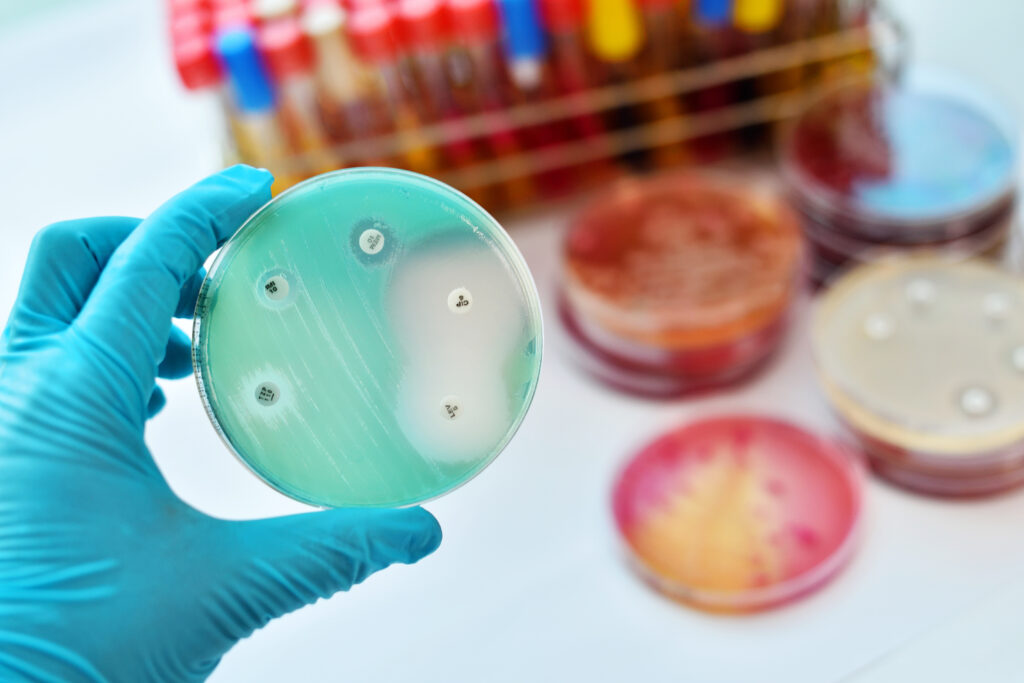Solid progress

Scottish aquaculture made excellent progress in almost eliminating the use of “critically important antibiotics” last year, according to an independent report.
Norway, the world’s largest salmon farming country, can also report a similar success story.
Critically Important Antibiotics are those classed as essential for human health, but where overuse in the past has been putting lives at risk by creating potentially deadly antibiotic-resistant bacteria.
The World Health Organization says antimicrobial resistance (AMR) is one of the greatest threats facing humanity and to highlight that danger it launched a global AMR awareness week in November.
There was a time when fish, livestock and poultry farmers were big users of such medicines, but not any longer.
In its 2021 Targets Task Force (TTF) annual report, the organisation Responsible Use of Medicines Agriculture Alliance (RUMA), set up to promote the highest standards in food safety and animal health, says that Scotland’s salmon farmers are continuing to focus on the responsible use of antibiotics, balancing the need to protect fish health and welfare with a global aim to reduce use.
Underpinning this success was the news reported in Fish Farmer last year that Scottish Sea Farms had reached an important milestone in its mission to reduce the use of antibiotic treatments, with zero usage recorded for the company’s marine farms and hatcheries.
RUMA is also reporting progress in the agriculture and livestock sectors, both major users of medicines.
Cat McLaughlin, RUMA Chair and Chair of Targets Task Force, says that despite an exceptional 12 months due to the pandemic, the TTF had recorded some great achievements during its first year, which was a testament to the hard work and commitment across all sectors.
She continues: “As well as striving to achieve or sustain key targets, a number of important industry initiatives have also been launched including Farm Vet Champions and the Medicine Hub.
“Events of the past year have undoubtedly affected the industry in many ways, but producers, vets and wider industry have continued to manage with the utmost professionalism and commitment to the responsible use of antibiotics through this challenging time.
“It is important to remember that the targets are not about driving towards zero antibiotic use; antibiotics are needed when necessary as a tool to treat sick animals and to improve and maintain animal welfare. “
RUMA says all targets, including data collation and overall antibiotic stewardship, were achieved – driven forward by the Scottish Salmon Producers Organisation Prescribing Vets group.
“Where indicators of progress are concerned, the sector has successfully established and reported a new metric for the percentage of farms treated with antibiotic,” the report adds.
“This metric shows very clearly that use is restricted to a small number of farms in both the freshwater and marine phases of production. Antibiotic use on these farms was all under veterinary care. In 2020 there was an increase in overall antibiotic use compared with previous years.”
However, as highlighted in previous RUMA reports, and demonstrated by the new metric documenting the percentage of farms treated, overall use continues to be skewed by a small number of farm treatments during the marine phase, where larger fish require proportionately higher volumes of antibiotic to ensure safe and effective treatment.
RUMA says the three-year production cycle for salmon may complicate the interpretation of annual fluctuations, although these longer-term trends provide greater insight into the sector’s overall use.
They also show that antibiotic use by the sector is low, and therefore even a marginal increase in the already small number of farms requiring use of antibiotics in any one year, especially during the marine phase of production, can lead to a spike in overall use figures.
In 2020, the report shows, 6.9% of freshwater finfish farms and 4.4% of marine finfish farms were treated with antibiotics.
The salmon sector in the UK used 29.3mg/kg, which is still much higher than the ultimate target of 5mg/kg.
The RUMA TTF report has also looked at the Scottish trout sector, which experienced a particularly difficult time last year due to the pandemic.
The lack of air freight meant that exports to important markets such as the United States became challenging.
“The result of slow sales has meant higher stock being held on farms, but despite this the sector has managed well, with only a small increase in antibiotic use, and usage is still below the maximum of 20mg/kg target currently sitting at 13.9mg/kg,” the report says.
“The British Trout Association (BTA) is working very closely with Aberdeen University to develop a vaccine for proliferative kidney disease (PKD).
“PKD has been a major challenge for the trout sector for many years but with the uplift in the understanding and development of vaccines it is hoped that in time a PKD vaccine might be possible.”
The report stresses that vaccines are a vitally important tool in preventing disease in trout farms and increasing the use as well as improving the availability of cost-effective authorised vaccines is crucial.


